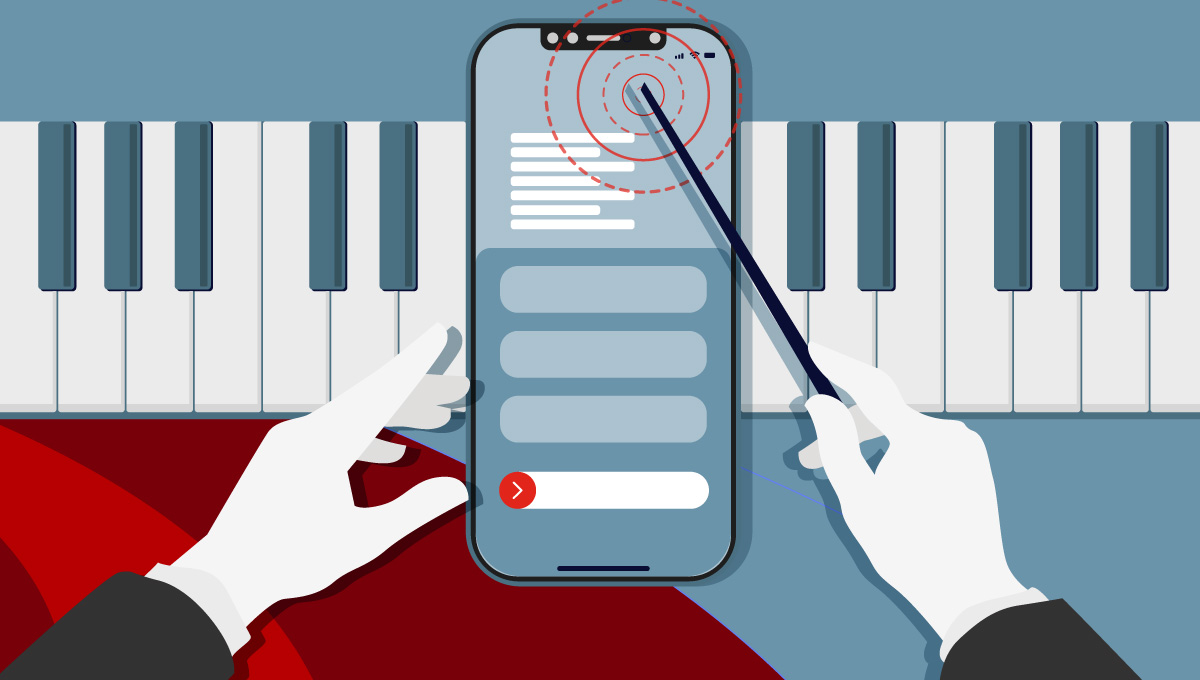
Product teams face the intricate challenge of aligning with organizational strategic goals while delivering high-quality products within tight deadlines. Successfully navigating this landscape requires a precise balance between maintaining a clear focus on overarching visions and executing meticulously throughout the product development lifecycle.
Leveraging the right tools and frameworks becomes a paramount necessity to bridge this critical gap between vision and execution. These tools empower teams to orchestrate harmonious workflows and unlock their full potential. This blog post explores how utilizing the right mix of Agile work management solutions can boost productivity and empower product teams to achieve their goals effectively, with each tool playing a crucial role in this intricate symphony of success.
Empowering Product Teams with Agile Work Management Solutions
Agile work management solutions enable the adoption of Agile principles, streamlining workflows, enhancing collaboration, and maintaining a strong focus on delivering customer value. By using these tools, product teams can boost productivity, drive innovation, and increase responsiveness, positioning them to thrive in rapidly changing environments. At the core is iterative and incremental development, which allows for continuous adaptation based on feedback and evolving requirements and fosters a culture of continuous improvement and process optimization.
Moreover, Agile work management solutions provide a range of tools and frameworks that facilitate transparency, collaboration, and alignment across the entire product development lifecycle. From visual project management boards to goal-setting frameworks and strategic roadmaps, these solutions empower teams to stay on the same page, communicate effectively, and work together towards a shared vision.
By adopting Agile work management solutions, product teams can unlock a wealth of benefits, including:
- Increased agility and responsiveness to market changes
- Improved collaboration and communication among team members
- Enhanced focus on delivering customer value
- Greater transparency and accountability throughout the development process
- Streamlined workflows and optimized resource utilization
3 Steps to Orchestrating Productivity: OKRs, Kanban Boards, and Roadmaps
Agile work management solutions encompass a wide range of tools and frameworks designed to boost productivity and align team efforts with organizational goals. Among these powerful solutions are Kanban boards, OKRs (Objectives and Key Results), and roadmaps – each playing a crucial role in orchestrating efficient workflows and driving productive outcomes.
OKRs serve as a powerful goal-setting framework, aligning individual and team objectives with the organization’s broader strategic vision, thereby enhancing focus and accountability. In contrast, Kanban boards provide a clear visual task management system, helping teams identify bottlenecks, prioritize tasks effectively, and continuously refine processes for optimal performance.
Complementing these tools are roadmaps, which outline the product’s direction, milestones, and timelines, ensuring that every initiative contributes to the realization of the overarching vision.
The integration of these three solutions creates a powerful synergy that drives product teams from vision to execution. Much like an orchestra, where each instrument plays a crucial role in creating a harmonious symphony, these tools work together to streamline processes and enhance productivity.
Setting Clear Objectives with OKRs
Start by defining your objectives using the OKR framework. These objectives should be ambitious yet achievable and aligned with the strategic goals of the organization. Each objective should have specific key results that are measurable and time-bound. Think of OKRs as the sheet music that guides the orchestra, ensuring every musician knows their part and plays in harmony.
Visualizing Work with Kanban Boards
Once the objectives and key results are set, use Kanban boards like Planview AgilePlace to visualize the work required to achieve them. Create boards that represent different stages of your workflow, and populate them with tasks and initiatives that align with your OKRs. This visual representation helps teams stay organized and focused. Kanban boards act as the conductor, keeping all team members in sync, managing the tempo, and ensuring that each section of the team performs its part precisely.
Mapping Out the Journey with Roadmaps
Develop a roadmap that outlines the key milestones and timelines for achieving your objectives. This roadmap should be visible to all stakeholders, providing a clear picture of the product’s direction and progress. Regularly update the roadmap to reflect changes and ensure it remains a relevant guide for the team. The roadmap is akin to the composition’s structure, providing a clear direction and sequence of movements for the orchestra to follow, ensuring that the performance is cohesive and directed towards a common goal.
Example of How to Integrate Agile Work Management Solutions
Consider a product team at a mid-sized tech company. The company’s strategic goal is to become a leader in the AI-driven analytics market. Here’s how the team uses Kanban boards, OKRs, and roadmaps to orchestrate productivity and turn this vision into reality:
1. Setting Objectives
The team sets the following objective: “Develop a state-of-the-art AI-driven analytics platform.” The key results include:
- Launching a beta version of the platform within six months.
- Achieving a 90% customer satisfaction rate in beta testing.
- Securing at least five enterprise customers within the first year.
2. Visualizing Work
Using a Kanban board like Planview AgilePlace, the team creates a board with columns representing stages such as “Backlog,” “In Progress,” “Review,” and “Done.” Tasks like “Develop core algorithms,” “Design user interface,” and “Conduct beta testing” are added to the board and assigned to team members.
3. Creating a Roadmap
The roadmap highlights major milestones, including “Beta Version Launch,” “Customer Feedback Analysis,” and “Official Product Launch.” Each milestone is mapped to specific dates, providing a clear timeline for the project. The roadmap is regularly reviewed and updated to ensure alignment with the team’s progress and market dynamics.
Benefits of the Integrated Approach
The seamless integration of Kanban boards, OKRs, and roadmaps empowers product teams by ensuring role clarity, maintaining focus, cultivating collaboration, facilitating transparency, and enabling agility. This harmonious combination aligns individual efforts with strategic objectives through visual task representations and strategic roadmaps. It fosters open communication, insights sharing, and feedback exchange via centralized platforms. Moreover, the flexibility of these tools allows teams to swiftly respond to changes, adjust priorities based on customer feedback, and shift timelines as needed, equipping them to navigate the dynamic product development landscape with responsiveness and adaptability.
Slutsats
Product teams require a strategic blend of software and methodologies to effectively manage productivity and transition from vision to execution. By setting clear objectives with OKRs, visualizing workflows with Kanban boards, and strategically planning development with roadmaps, teams can maintain alignment, sharpen focus, and enhance agility. This strategic approach is essential for navigating and succeeding in today’s rapidly evolving business landscape.
Interested in learning more about how these tools can transform your product development process? Watch the on-demand demo of Planview AgilePlace or sign up for a free trial to see how the solution increases team productivity at every step of the journey.




